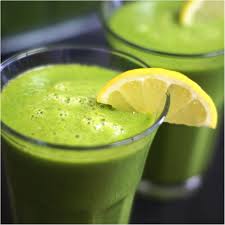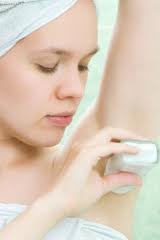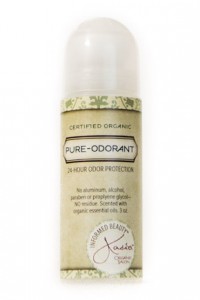PRL Rejuvination Cream
1. 100% Natural Progesterone
Laboratory processed to bio-identical human progesterone (wild yam source)
a) 100% naturally active in the human body
b) The Yam Scam: Beware of products that contain only wild yam. Wild yam alone will not work un-less it’s been activated (via laboratory processing) to bio-identical natural progesterone
2. Luxurious, Natural Cream Base
100% botanical base cream made with highly charged plant mineral technology
3. Absolutely No Preservatives
Our highly charged plant mineral process naturally preserves the cream in its natural energy state so there is no need for toxic preservatives.
4. 100% Pure, Nontoxic Ingredients
Our cream is so pure it’s edible, but best application is on your skin.
5. Natural Progesterone
In micronized form, stabilized with vitamin E for excellent absorption.
6. Unparalleled Absorption
Charged Plant Mineral Technology with its highly polarized herbal particles allows up to a full 98% absorption by the cell as compared to typical 3 to 6% by most ordinary creams.
7. Quick Absorption By The Cell
Within seconds, our silky, toxic-free cream is fully absorbed, leaving NO sticky residues |
The Other Guys
1. Other creams may not contain natural progesterone (yam source).
a) Some creams contain wild yam but it has NOT been converted in a lab. Your body cannot convert it to real progesterone. It does NOT raise the body’s progesterone levels.
b) Some creams do have U.S.P. grade progesterone but it is syn-thetic (NOT from natural sources). Not biocompatible with living bodies.
c) Some creams contain only diosgenin, a chemical from wild yam. This molecule is too large to be absorbed by your skin. It does NOT raise the body’s progesterone levels.
d) Some doctors give Provera, a prescription drug, to women who have low progesterone. But Provera is a progestin, NOT progesterone. It can drive a woman’s low progesterone levels DOWN even further!
2. Other cream bases often contain propylene glycol, a cheap syn-thetic petrochemical. Sometimes the cream base is non-organic, poorly grown Aloe vera which tests toxic.
3. Toxic preservatives are common such as parabens (propyl, methyl, butyl, or ethyl) or benzene compounds.
4. May contain many questionable and known toxic ingredients such as: propylene glycol, parabens, cetyl alcohol, peg 8 stearate, carbomer 940, polysorbate 60 stearal konium chloride or other toxic chemicals. Remember, what you put on your skin, you are eating!
5. Most creams are not micronized formulations, so uptake is poor. Without being stabilized in vitamin E, plant hormones can degrade rapidly.
6. Other creams usually have poor absorption into the cell (3 to 6%) as compared with Charged Plant Mineral Technology (up to 98% absorption). Typical creams have “flat”, weakly charged molecules that mostly glide into the connective tissue spaces BETWEEN the cells, rather than entering the cells themselves.
7. Other creams often have a greasy feel and leave a sticky residue on your skin. |
 Exclusively formulated with vitamin K, an essential vitamin know to help repair blood vessel damage, this revolutionary concealer is designed to simultaneously erase discoloration, while enhancing skin’s vibrancy.
Exclusively formulated with vitamin K, an essential vitamin know to help repair blood vessel damage, this revolutionary concealer is designed to simultaneously erase discoloration, while enhancing skin’s vibrancy.






 Juice from a whole lemon
A splash of lime
½ c pinapple or 1 full green apple (your choice!)
¼ avocado (protein and healthy fat)
½” peeled ginger (detoxifying)
Small amount of local raw honey (to taste)
Chia Seeds (options)
Juice from a whole lemon
A splash of lime
½ c pinapple or 1 full green apple (your choice!)
¼ avocado (protein and healthy fat)
½” peeled ginger (detoxifying)
Small amount of local raw honey (to taste)
Chia Seeds (options)










 I love the feeling of serenity at Kasia Organic Salon....
I love the feeling of serenity at Kasia Organic Salon....